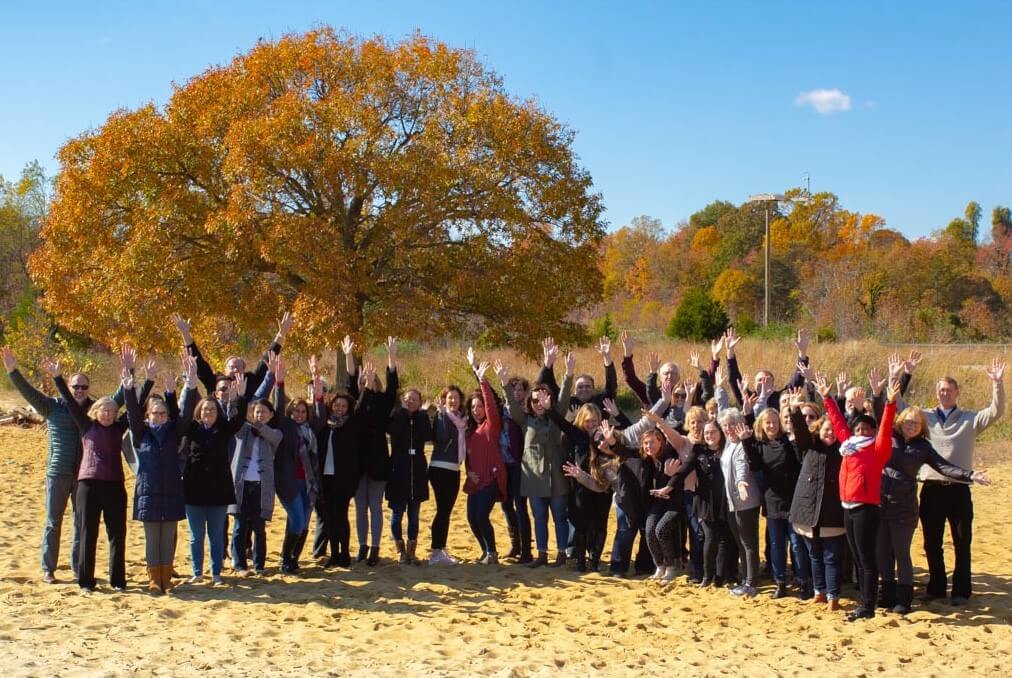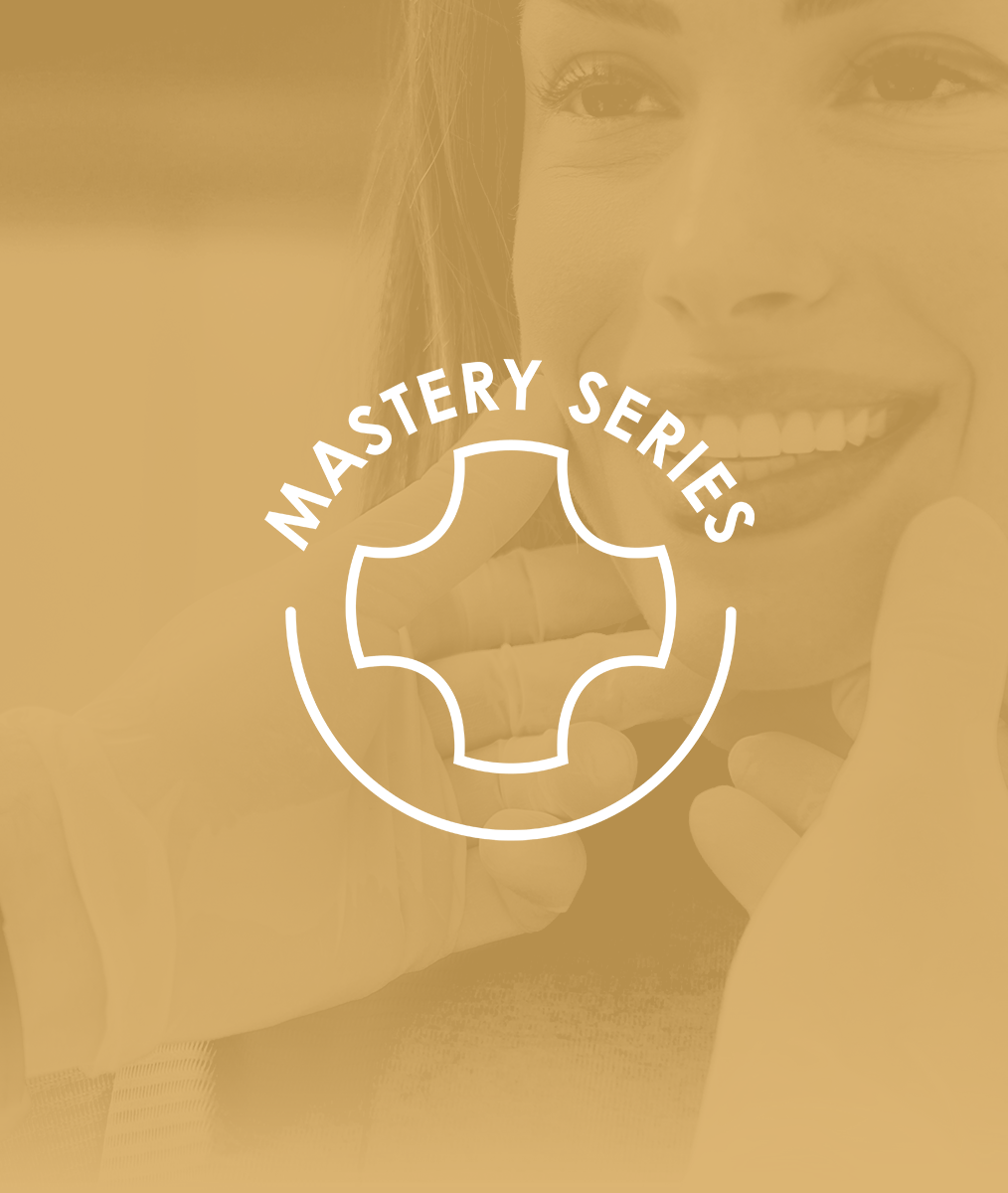High Engagement Leadership…The Ripple Effect
After my presentation on High Engagement Leadership at the September 2019 Pankey Annual Meeting, a few people asked me about a term that I used in the presentation, VUCA. The acronym VUCA stands for volatility, uncertainty, complexity, and ambiguity—the challenges that we face in today’s world. The term originated in the late 1980s from a thought leader named Warren Bennis. Bennis was known for shaping the concept of authentic leadership, which at its center is the value of being true to one’s self.
VUCA = Volatility, Uncertainty, Complexity, and Ambiguity
Complexity in our culture and rapid change are our challenges as leaders. How shall we use all our creative gifts and talents to develop as leaders and influencers in a world that thrives on VUCA?
The answer might be to start by deepening the trust we have in ourselves. Our ability to navigate through the noise and distractions of today requires high trust in self and a willingness to believe that others will follow us.
In his recent book ‘Deep Work‘, Cal Newport describes the value of quiet focus in a formula defined by Adam Grant:
High-Quality Work Produced = (Time Spent) X (Intensity of Focus)
Slowing things down and eliminating the distractions around us can increase our productivity exponentially. As with exercising, when we commit to uninterrupted focus time, we tend to develop a resilience muscle that is strong when times are complex and distracting. When we are more focused and stay calm in our role as leaders, others appreciate this gift we bring to them—and there is likely to be another ripple effect, development of trust in ourselves.
Related Course
E4: Posterior Reconstruction and Completing the Comprehensive Treatment Sequence
DATE: July 31 2025 @ 8:00 am - August 4 2025 @ 2:30 pmLocation: The Pankey Institute
CE HOURS: 44
Dentist Tuition: $ 7400
Single Occupancy with Ensuite Private Bath (per night): $ 345
The purpose of this course is to help you develop mastery with complex cases involving advanced restorative procedures, precise sequencing and interdisciplinary coordination. Building on the learning in Essentials Three…
Learn More>












